1924
Industrialist and philanthropist James B. Duke establishes The Duke Endowment, which transforms Durham's Trinity College into Duke University.
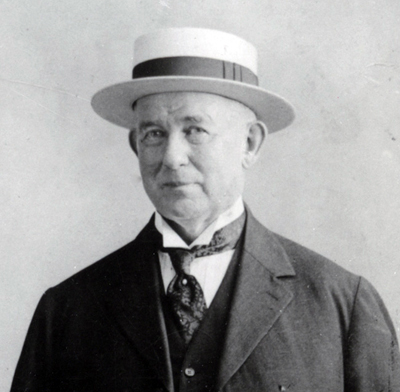
1930
Duke Hospital opens. It is rumored that James Duke was asked by a young boy, “Mister, can you cure fits?” which prompted the idea behind the health center. The child likely suffered from epilepsy.
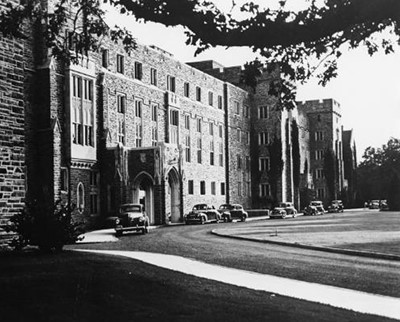
1960s
The Duke Pediatric Neurology program began, headed by Dr. Marcel Kinsbourne, well known for describing the Kinsbourne syndrome (commonly known as opsoclonus-myoclonus syndrome).
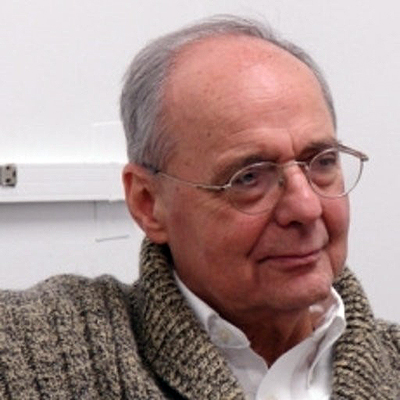
1969-1984
Under the leadership of Drs. John Griffith and Stanley Rothman, the division continued to grow. Faculty size grew to four physicians.
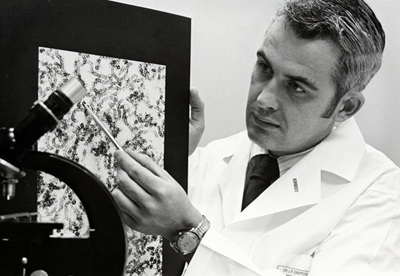
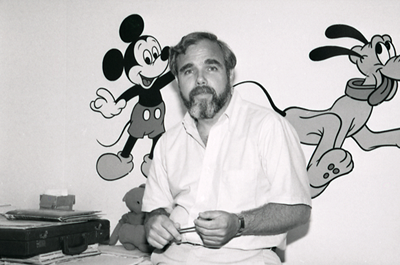
1984-1988
Dr. Bernard D’Souza became chief. Dr. D’Souza trained at Johns Hopkins Hospital. He started a pediatric neuro-oncology program at Duke and was involved in medical student and resident education. He was a model clinician and educator in whose memory the Child Neurology Society established the Bernard D'Souza International Fellowship Award, which is awarded annually.
1989-1994
Dr. Robert Delong moved from Mass General Hospital to become chief of the division. Dr. Delong is well known for his pioneering studies in the genetics of autism and public health work in China combating endemic cretinism. Dr. Delong received the Child Neurology Society Lifetime Achievement Award in 2014 in recognition of his important work in autism, childhood bipolar disorder and the clinical-pathological investigation of endemic cretinism.
1994-2002
Dr. Darrell Lewis became chief of the division. Dr. Lewis’ research interests included pathogenesis of mesial temporal sclerosis and physiology of in vitro epileptiform activity. His work describing the MRI evidence for hippocampal sclerosis following febrile status epilepticus formed the preliminary data for the multicenter FEBSTAT study on the natural history of febrile status epilepticus.
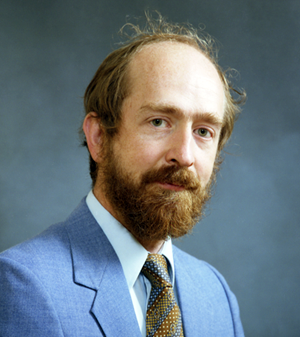
2008-present
Dr. Mohamad Mikati became chief, leaving his position as Pediatrics Chair at American University in Beirut. Under his leadership the program has seen explosive growth, and we currently have 12 faculty members and 3 nurse practitioners. In 2015, the child neurology residency program expanded from 1 resident per year to 2 per year.
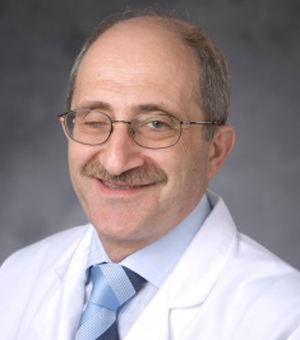
Notable Accomplishments from Duke’s Division of Pediatric Neurology
1962 - Marcel Kinsbourne describes opsoclonus-myoclonous syndrome for the first time.
1992 – Robert Delong devised a unique and effective mass preventative treatment for endemic cretinism in Xinjiang province of China.
1992 - Raymond Kandt and team characterize mutations in the TSC2 gene that leads to tuberous sclerosis.
2002 – Darrell Lewis publishes preliminary evidence of hippocampal sclerosis following febrile status. This forms the foundation for the multicenter FEBSTAT study on the natural history of febrile status epilepticus.
2012 - William Gallentine and Heather Van Mater begin the autoimmune brain disorders clinic, which serves as an international leader in treating autoimmune encephalitis.
2012 - Rosemary Boustany (Duke Faculty 1989 – 2005) working along Duke collaborators, develops and patents a treatment for CLN3, a devastating lysosomal storage disease.
2012 – David Goldstein and his team, in collaboration with Dr. Mohamad Mikati and an international consortium, discover that mutations in the ATP1A3 gene cause alternating hemiplegia of childhood. Subsequently Dr. Mikati elucidates its underlying pathophysiology by generating and studying two knock-in mouse models of the disease.
2018 - Under leadership of Edward Smith, Duke becomes the second team in the world to administer gene therapy treatment for children with Duchene Muscular Dystrophy as part of ongoing clinical trial.